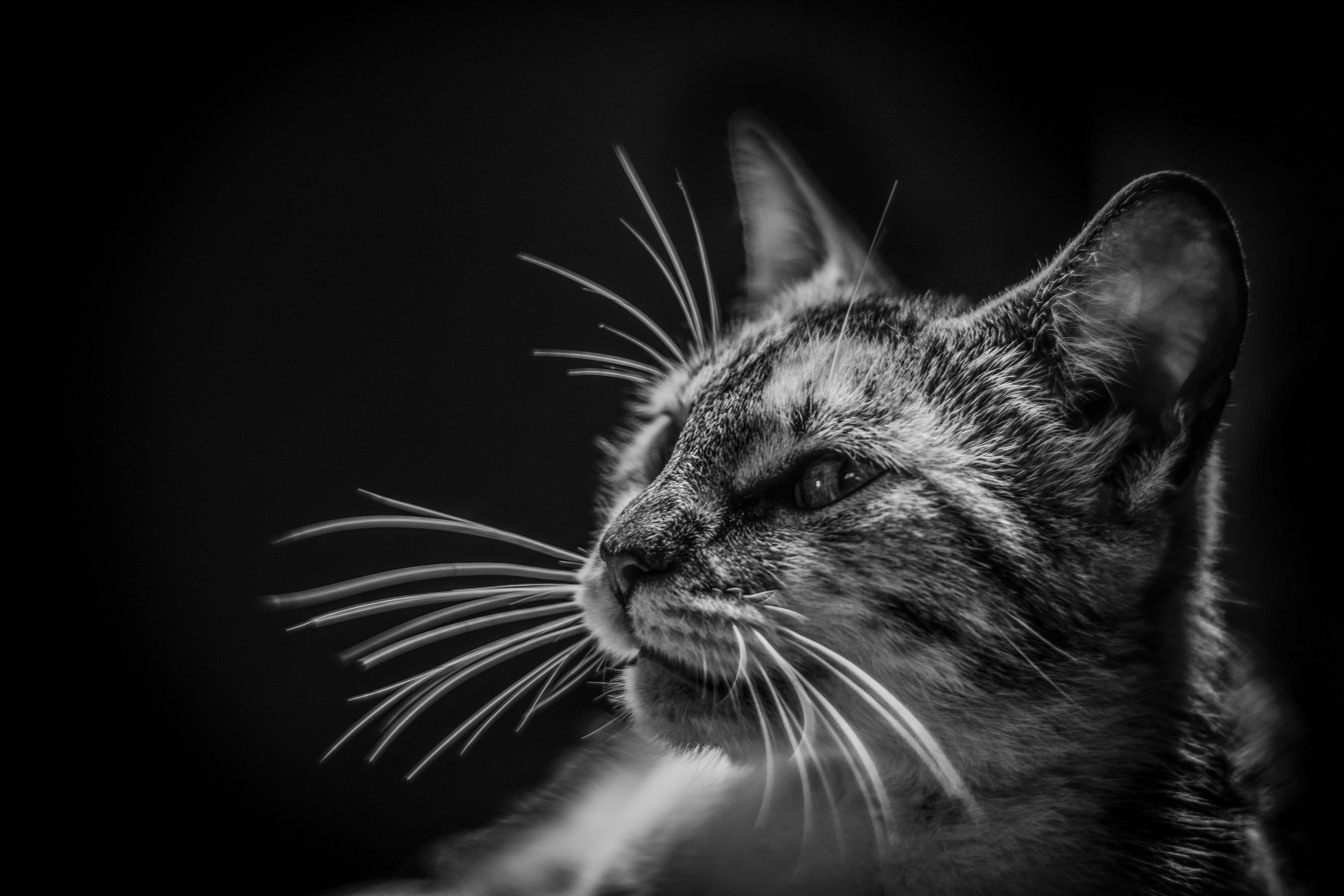The people at A&M College of Veterinary Medicine and Texas Agrilife Research have a dream. They imagine people in impoverished countries going out to milk their goat and from the milk getting a vaccine against malaria and possibly other diseases as well, or perhaps getting important medicines. It’s a good idea because goats are hardy animals that can thrive in impoverished areas. Your milk provides good nutrition, and now perhaps it can provide much more. This is the latest advance in transgenic research.
What is pharming?
The term pharming was adopted to refer to the production of human drugs in farm animals. This is not new research. By contrast, research with transgenic animals began in the 1980s. The first product was Humulin, which is human insulin produced by bacteria and was manufactured in 1982. There are several human gene products that have been studied, including factor IX, insulin, growth hormone, a-1 antitrypsin, antithrombin III, and tissue plasminogen activator. The last two were studied in the goat.
How does it work?
The goat’s genes related to milk production are manipulated to produce the malaria antigen, creating what is called a transgenic goat.
A simplified explanation is that through genetic manipulation, DNA is cut, eliminating the sequence of interest, and then this sequence is joined to a vector to transfer it to another organism. In reality, there are several techniques that are used to achieve gene transfer. An older method uses DNA microinjection from fertilized eggs, while a newer method uses whole nuclear transfer.
the controversy
This issue is a focus of controversy. There are people on both sides of the issue, and both sides are passionate about their views. The concern people feel about genetic manipulation and the dangers it poses has even been translated to the big screen in movies like the Resident Evil series and Gattaca, among many others.
There are many who are against transgenic work on both animals and crops. People worry that we are going too far and that we don’t understand the consequences of genetic manipulation. Furthermore, that we do not and cannot fully understand what the result of this manipulation will be.
Many people are against the genetic manipulation of crops and animals, thus the organic movement was born. People are willing to pay more to buy vegetables and animals free of drugs and genetic manipulation.
On the other hand, this and similar research can help millions of people in impoverished areas who suffer from diseases, such as malaria, and cannot afford vaccinations. This extends to other drugs that can be produced in animals, including goats. Moving forward, it has yet to be shown whether whole human organs can be successfully cultured in animals. How many people could be saved?
The genetic manipulation of crops has led to better and higher production rates, because these crops have been genetically modified to have better resistance to pests and diseases. Higher yields mean more food available to starving people.
